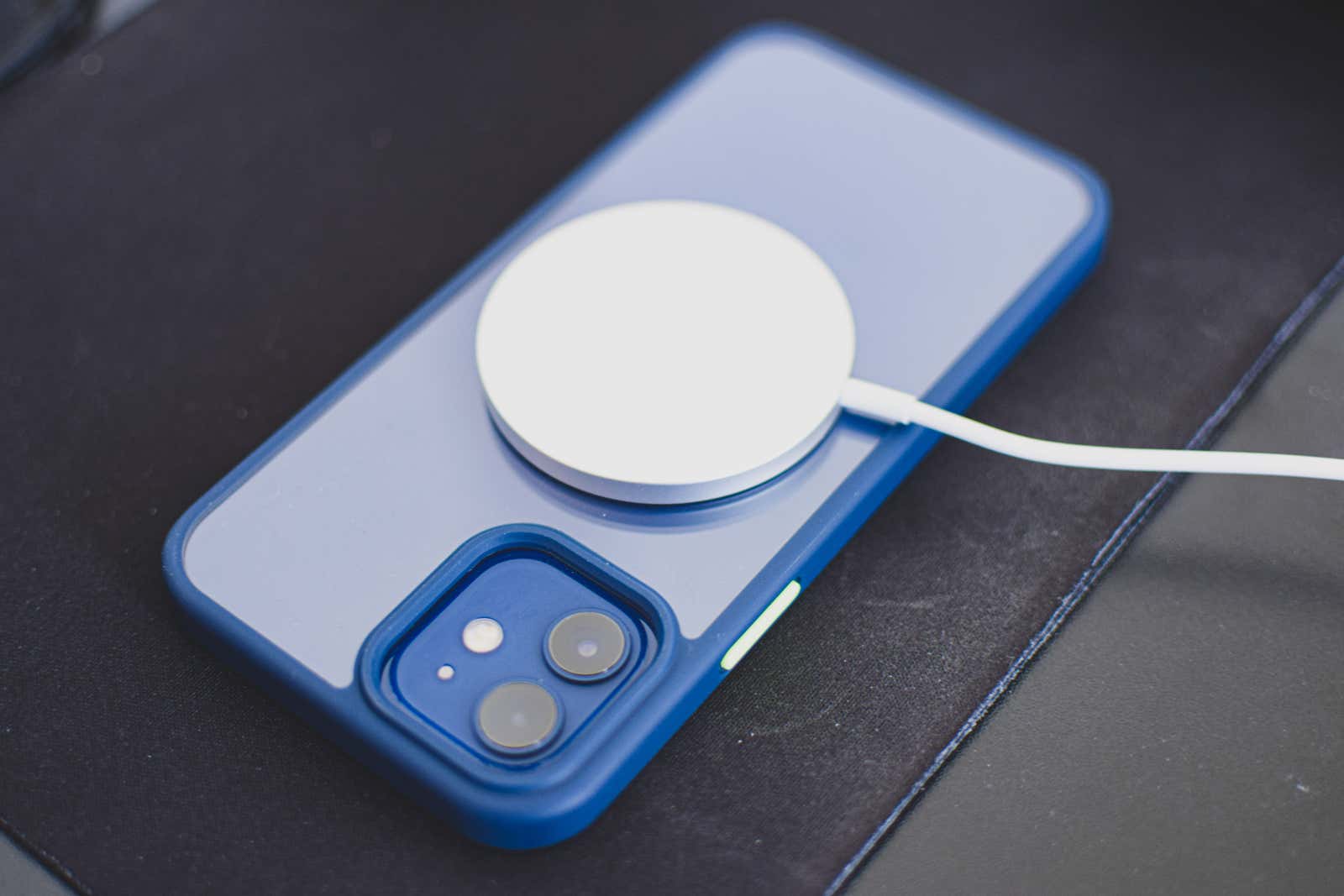How to Speed up Wireless Charging (and Actually Make It Useful)

As cool and convenient as wireless charging can be, boy is it slow. We talked about how inefficient wireless charging is , especially when compared to traditional wired charging. However, technology has taken a huge leap forward in recent years; Some smartphones can charge up to 100% wirelessly in less than an hour. However, you can only take advantage of these speeds if your setup is correct.
Your smartphone must support fast wireless charging
Your smartphone needs to support more than just wireless charging; it should also support fast wireless charging and there are different highs that smartphones can support. For the first three years Apple supported wireless charging on the iPhone, the maximum value remained at 7.5W. However, starting with the iPhone 12 lineup, the maximum wattage is now 15W, just like many Android phones on the market.
However, these are far from the fastest wireless charging specs you can find. The OnePlus 8 Pro supports wireless charging up to 30W, while the OnePlus 9 Pro supports wireless charging up to 50W. Imagine moving from wireless charging iPhone 11 to OnePlus 9 Pro; Can speed make up for your iPhone friends’ complaints about your green text bubbles?
So, check the specifications of your smartphone to see what the maximum support for fast wireless charging is. This number will help determine your next step.
A wireless charger is just as important as a smartphone
It is not only the telephone maximum that is important here; Without a proper wireless charger, you won’t be able to realize this potential at full speed. The Apple MagSafe charger, for example, supports wireless charging up to 15W, but this Yootech wireless charger only supports up to 10W. This works great for phones with a maximum 10W wireless charging power, but for an iPhone 12 and newer or any Galaxy phone launched in the past six years, you won’t be charging at its maximum speed.
OnePlus is another example; These 30W and 50W wireless charging maximums are only possible with the correct chargers. OnePlus sells 30W and 50W wireless chargers for this; The point, however, is that a phone that supports ultra-fast wireless charging on a low-speed charger will charge just as slowly as any other phone. Make sure you have the right one for your device.
As you shop, you’ll likely see wireless chargers advertised as 7.5W for all iPhones. This is outdated information from the three years we discussed above with the iPhone. If a wireless charger can handle 15W but is advertised as 7.5W for an iPhone, your iPhone 12 or newer should use those 15W with ease.
Don’t forget about the power adapter
Once you know the maximum fast charging power of your phone and buy a wireless charger that matches that power, it would be a shame to screw it up by plugging it into the wrong power adapter. The block you plug your wireless charger into is an equally important piece of this puzzle. Without it, you will not be able to reach maximum speed.
Let’s go back to the Apple MagSafe example; The Apple Wireless Charger does offer up to 15W of wireless charging. However, this promise only works with the recommended 20W power adapter. Basically, it doesn’t have to be an Apple power adapter, but it does have to be 20W. Smaller and the MagSafe charger will not be able to reach the maximum speed as stated.
You will need to check the specifications of your wireless charger to make sure your power adapter is sufficient to support fast wireless charging. Don’t be fooled by a weaker power adapter that powers your wireless charger successfully; You will only be able to achieve your desired wireless charging speed if you have the right power adapter.
As our guide explains , it’s usually better to overdo it with your power adapter than get too weak. The wireless charger draws exactly as much current as it is designed for, so you won’t be able to overload the charger or phone. Happy charging.